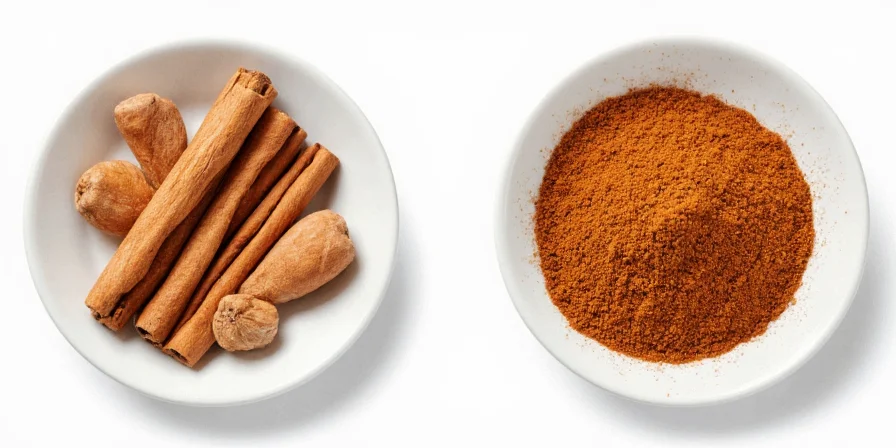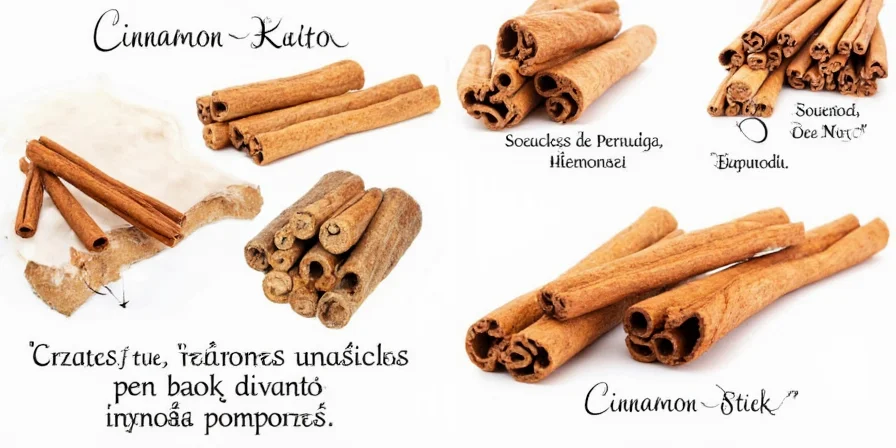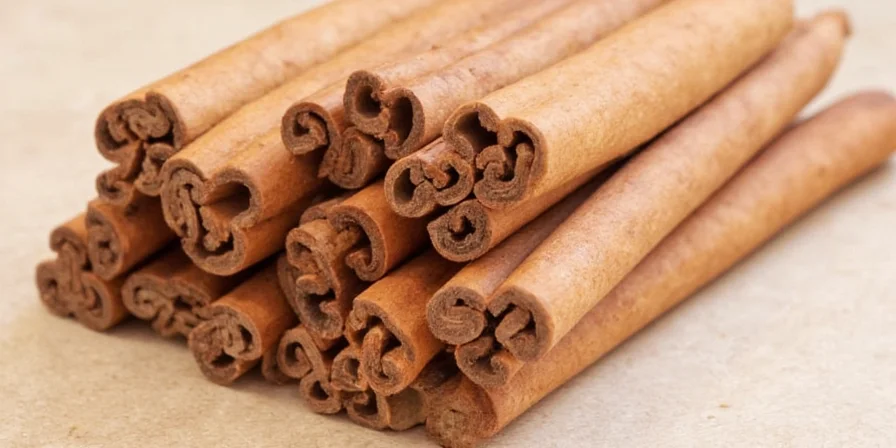The most common way to say 'cinnamon sticks' in Spanish is rama de canela. However, regional variations exist across Spanish-speaking countries that you need to know depending on where you're traveling or who you're speaking with.
Regional Names for Cinnamon Sticks Across Spanish-Speaking Countries
Use this quick reference guide when shopping or cooking in different regions:
| Country/Region | Term Used | Pronunciation Guide | When to Use It |
|---|---|---|---|
| Spain | Rama de canela | RAH-mah deh seh-NEH-lah | Formal settings, specialty markets |
| Mexico, Central America | Palito de canela | pah-LEE-toh deh seh-NEH-lah | Everyday conversation, markets |
| Colombia, Venezuela | Vara de canela | BAH-rah deh seh-NEH-lah | Traditional cooking contexts |
| Puerto Rico, Caribbean | Tallo de canela | TAH-yoh deh seh-NEH-lah | Local markets, recipe discussions |

When to Use Each Term: Practical Guide
Getting the terminology right prevents confusion when shopping or following recipes. Here's exactly what to say in common situations:
At the Market
- "¿Tiene palitos de canela?" (Mexico/Central America) - Ask for 2-3 sticks when making hot chocolate
- "Necesito una rama de canela para el arroz con leche" (Spain) - Specify usage to ensure you get whole sticks
- "¿Me da una vara de canela, por favor?" (Colombia) - Common phrase for cooking
Common Mistakes to Avoid
- Don't ask for "canela en rama" in Mexico - this sounds unnatural and may confuse vendors
- Avoid using "rama" in Puerto Rico - locals expect "tallo" for cinnamon sticks
- "Canela" alone means ground cinnamon - always specify you want the sticks

Why Different Terms Exist (And When It Matters)
The terminology differences directly impact your cooking results:
Real Cooking Implications
- In Mexican churros, vendors use palitos de canela broken into pieces for faster flavor release
- Spanish arroz con leche requires whole ramas for slow infusion without bitterness
- Using the wrong form (ground vs. sticks) changes flavor intensity by 30-50% in traditional recipes
Context Boundaries: Regional Usage Limits
Specific linguistic boundaries create critical usage constraints. According to the Diccionario de americanismos (ASALE/RAE, 2010), palito de canela is dominant in Mexican markets but becomes ineffective in northern border regions where Spanish-English code-switching occurs (e.g., "cinnamon sticks" in English is preferred). In Puerto Rico, tallo de canela applies exclusively to culinary contexts - using it for tree branches causes confusion as "tallo" refers to plant stalks. Always specify "para cocinar" (for cooking) when requesting sticks in Caribbean regions.
Source: Diccionario de americanismos, ASALE/RAE
How to Choose & Use Cinnamon Sticks Properly
Quick Buying Guide
- Look for tight curls - Multiple thin layers indicate premium Ceylon cinnamon
- Bend test - Fresh sticks should crack audibly but not shatter
- Ask specifically - "¿Es canela de Ceilán o cassia?" to get true cinnamon
| Term | When to Use | Common Mistake |
|---|---|---|
| Rama de canela | Spain, formal contexts | Using in Mexico where "palito" is expected |
| Palito de canela | Mexico, everyday speech | Asking for "canela" alone (means ground) |
| Vara de canela | Colombia, Venezuela | Using "rama" which sounds unnatural |
| Tallo de canela | Puerto Rico, Caribbean | Substituting with other terms |
| Characteristic | Ceylon Cinnamon (True Cinnamon) | Cassia Cinnamon (Common "Cinnamon") |
|---|---|---|
| Origin | Sri Lanka, India | China, Indonesia |
| Appearance | Thin, tightly rolled, multiple layers (7-10), light brown | Thick, hard, single or double layer, dark brown |
| Flavor Profile | Mild, sweet, complex | Strong, spicy, slightly bitter |
| Coumarin Content | Very low (safe for regular consumption) | High (may cause liver issues in large amounts) |
| Common Names | Canela de Ceilán, Canela verdadera | Canela china, Canela cassia |
Source: Ranasinghe et al., "Cinnamon and Cassia: From Production to Therapeutic Application", 2013

FAQ: Quick Answers to Common Questions
What's the most universal term for cinnamon sticks in Spanish?
Rama de canela works in most countries, but sounds formal in Mexico and Central America where palito de canela is preferred. When in doubt, use "palito" - it's widely understood even in Spain.
How do I ask for cinnamon sticks in a Mexican market?
Say: "¿Me da tres palitos de canela, por favor?" (May dah tree pah-LEE-tos deh seh-NEH-lah por fah-vor) with emphasis on "por favor". This specifies you want sticks, not ground cinnamon.
Is there a difference between cinnamon sticks and ground cinnamon in recipes?
Yes - 1 cinnamon stick equals approximately ½ teaspoon ground cinnamon, but they're not direct substitutes. Sticks provide gradual flavor release during cooking, while ground cinnamon delivers immediate flavor. In traditional recipes like Mexican hot chocolate, using the wrong form changes the flavor profile significantly.
How can I tell if I'm getting real cinnamon sticks?
Check for multiple thin layers (7+ for Ceylon, 1-2 for Cassia). True cinnamon (Ceylon) is lighter in color and more delicate in flavor. Ask "¿Es canela de Ceilán?" (seh-LAHN) - if they hesitate, it's likely Cassia, which is more common but stronger in flavor.

Key Takeaways
Remember these essential points for immediate success:
- Always specify you want sticks - "canela" alone means ground cinnamon
- Use "palito" in Mexico and "rama" in Spain for natural communication
- Pronunciation matters - stress "seh-NEH-lah" correctly to be understood
- Regional terms affect cooking results - stick to local usage for authentic dishes












 浙公网安备
33010002000092号
浙公网安备
33010002000092号 浙B2-20120091-4
浙B2-20120091-4